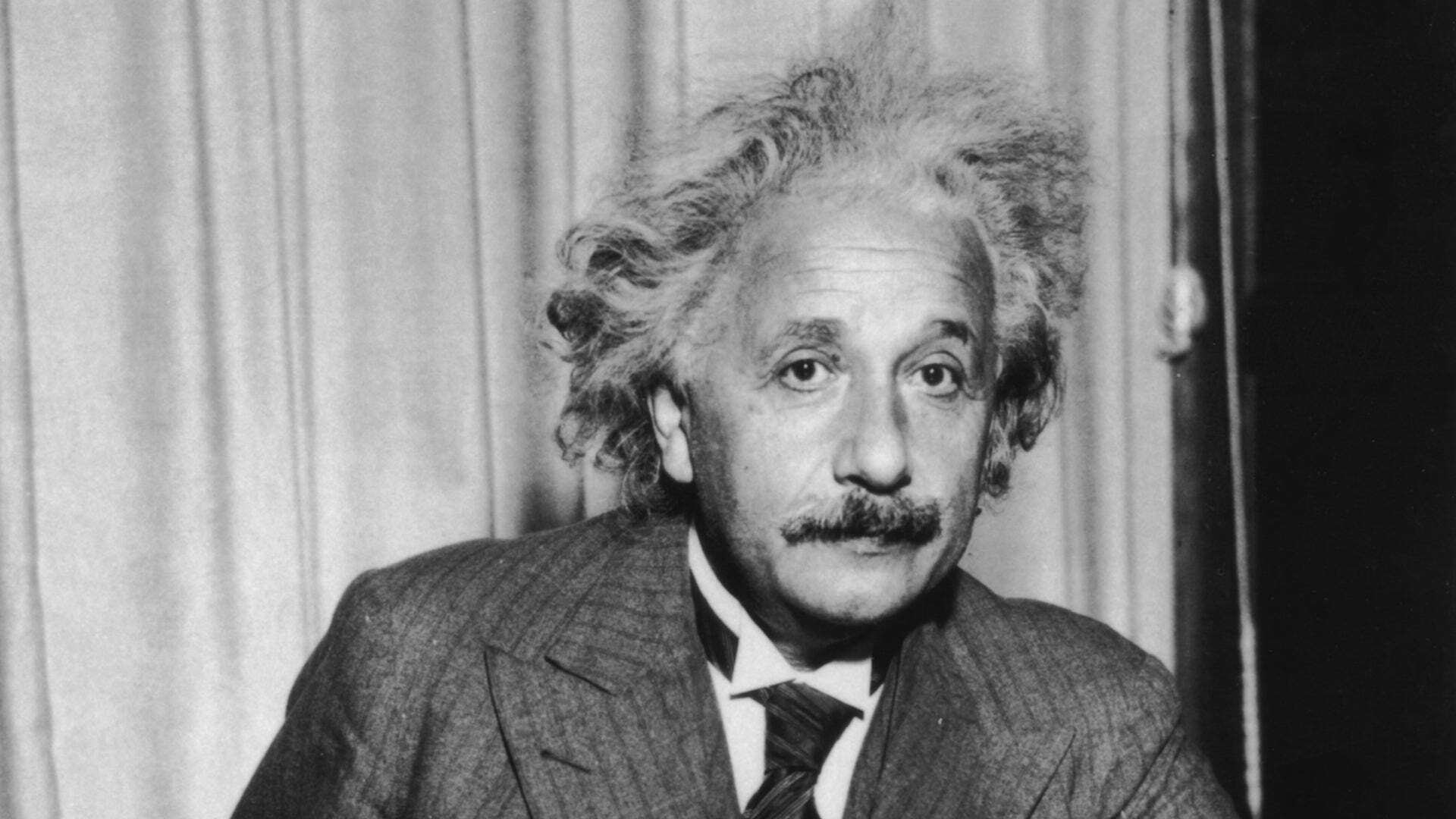
Who was Hans Albert Einstein? Hans Albert Einstein, the eldest son of the legendary physicist Albert Einstein, made his own mark in the world. Born on May 14, 1904, in Bern, Switzerland, Hans Albert followed in his father's scientific footsteps but chose a different path. He became a prominent hydraulic engineer and professor, contributing significantly to the field of sediment transport. His work helped shape modern hydraulic engineering and earned him numerous accolades. Despite living in the shadow of his famous father, Hans Albert carved out his own legacy. He balanced his professional achievements with a rich personal life, raising a family and nurturing a passion for sailing. Hans Albert Einstein's story is one of perseverance, intellect, and dedication, proving that greatness can run in the family.
Key Takeaways:
- Hans Albert Einstein, son of the famous physicist Albert Einstein, made lasting contributions to hydraulic engineering and received prestigious honors for his work, leaving a legacy that continues to influence modern science.
- Despite his father's fame, Hans Albert Einstein carved out his own path, excelling in science, engineering, and environmental advocacy, while also sharing his love of sailing and music with his family.
Early Life and Family Background
Hans Albert Einstein, the eldest son of the famous physicist Albert Einstein, had a life filled with notable achievements and interesting facts. Let's dive into some fascinating details about his early years and family.
- Born on May 14, 1904, in Bern, Switzerland, Hans Albert was the first child of Albert Einstein and Mileva Marić.
- He had two siblings: a younger brother named Eduard and a sister named Lieserl, who died in infancy.
- Hans Albert's parents separated when he was just five years old, and his mother took him and his brother to live in Zurich.
- Despite his parents' separation, Hans Albert maintained a close relationship with his father, who often visited him in Zurich.
- He showed an early interest in science and mathematics, much like his father.
Education and Academic Pursuits
Hans Albert Einstein's academic journey was marked by excellence and dedication. He pursued higher education and made significant contributions to his field.
- He attended the Swiss Federal Institute of Technology (ETH Zurich), where he studied civil engineering.
- Hans Albert earned his diploma in 1926 and later completed his doctorate in technical sciences in 1936.
- His doctoral thesis focused on sediment transport, a topic that would become central to his career.
- He worked as a research engineer at the Swiss Federal Institute for Water Resources and Water Pollution Control.
- In 1938, he moved to the United States to escape the growing threat of Nazism in Europe.
Career and Contributions
Hans Albert Einstein made significant contributions to the field of hydraulic engineering. His work had a lasting impact on water resource management and sediment transport.
- He joined the U.S. Department of Agriculture in 1938, where he worked on soil conservation and river engineering projects.
- Hans Albert developed the Einstein Bedload Function, a mathematical model for predicting sediment transport in rivers.
- He became a professor of hydraulic engineering at the University of California, Berkeley, in 1947.
- His research on sediment transport and river mechanics earned him international recognition.
- Hans Albert published numerous papers and articles on hydraulic engineering, contributing to the advancement of the field.
Personal Life and Relationships
Hans Albert Einstein's personal life was filled with both joy and challenges. He had a family of his own and faced various personal struggles.
- He married Frieda Knecht in 1927, and the couple had three children: Bernhard, Klaus, and David.
- Tragically, their son Klaus died at a young age due to diphtheria.
- Hans Albert's marriage to Frieda ended in divorce in 1958.
- He later married Elizabeth Roboz, a neurochemist, in 1959.
- Despite his busy career, Hans Albert remained close to his father, Albert Einstein, until the latter's death in 1955.
Legacy and Honors
Hans Albert Einstein's contributions to science and engineering left a lasting legacy. His work continues to influence modern hydraulic engineering.
- He received the prestigious John Fritz Medal in 1971 for his contributions to engineering.
- Hans Albert was elected to the National Academy of Engineering in 1973.
- His research on sediment transport is still widely cited and used in hydraulic engineering today.
- The Hans Albert Einstein Award was established by the American Society of Civil Engineers to honor outstanding contributions in the field of sediment transport.
- He was a dedicated teacher and mentor, inspiring many students to pursue careers in engineering.
Later Years and Death
Hans Albert Einstein's later years were marked by continued dedication to his work and a peaceful retirement.
- He retired from the University of California, Berkeley, in 1971 but continued to be active in research and consulting.
- Hans Albert enjoyed spending time with his grandchildren and sharing his love of science with them.
- He remained intellectually active, often engaging in discussions about science and engineering with colleagues and friends.
- Hans Albert passed away on July 26, 1973, in Woods Hole, Massachusetts, at the age of 69.
- He was buried in the Woods Hole Village Cemetery, where his grave remains a place of tribute for those who admire his work.
Interesting Tidbits
Beyond his professional achievements, Hans Albert Einstein had a life filled with interesting and lesser-known facts.
- He was an avid sailor and enjoyed spending time on the water, a hobby he shared with his father.
- Hans Albert was known for his modesty and humility, often downplaying his own achievements.
- He had a deep appreciation for music and played the piano in his spare time.
- Despite his father's fame, Hans Albert carved out his own path and made significant contributions to his field.
- He was a strong advocate for environmental conservation and sustainable water resource management.
- Hans Albert's legacy lives on through his contributions to science and the many students he inspired throughout his career.
Hans Albert Einstein's Legacy
Hans Albert Einstein's life was a blend of scientific brilliance and personal resilience. As the son of Albert Einstein, he carved his own path in hydraulic engineering, making significant contributions that still impact the field today. His work on sediment transport and river mechanics remains influential, showcasing his dedication to innovation and practical solutions.
Beyond his professional achievements, Hans Albert faced personal challenges, including the loss of his first wife and the responsibility of raising three children. Despite these hardships, he maintained a strong commitment to his family and career.
Hans Albert Einstein's story is a testament to the power of perseverance and the importance of forging one's own identity, even in the shadow of a famous parent. His legacy continues to inspire engineers and scientists, reminding us that dedication and hard work can lead to lasting impact.
Frequently Asked Questions
Was this page helpful?
Our commitment to delivering trustworthy and engaging content is at the heart of what we do. Each fact on our site is contributed by real users like you, bringing a wealth of diverse insights and information. To ensure the highest standards of accuracy and reliability, our dedicated editors meticulously review each submission. This process guarantees that the facts we share are not only fascinating but also credible. Trust in our commitment to quality and authenticity as you explore and learn with us.


